Hangover Cure Showdown: Gatorade vs Pedialyte
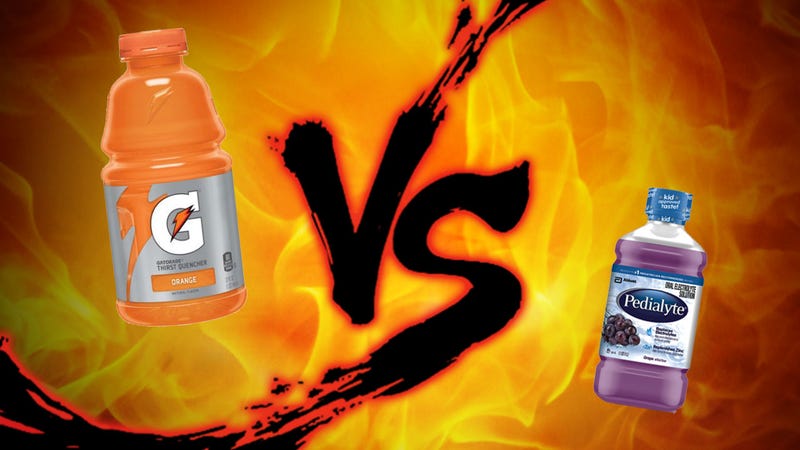 How are you feeling today? A little groggy? Nauseous? Have you promised yourself that you’ll never drink again? If that sounds familiar, then you’re probably here hunting for hangover cures. Two popular folk remedies that pretend to have some scientific backing are Pedialyte and Gatorade. Let’s see if they actually work.
How are you feeling today? A little groggy? Nauseous? Have you promised yourself that you’ll never drink again? If that sounds familiar, then you’re probably here hunting for hangover cures. Two popular folk remedies that pretend to have some scientific backing are Pedialyte and Gatorade. Let’s see if they actually work.
While just about everyone who has ever had a sip of alcohol has their own hangover cure, from “hair of the dog” to greasy foods , few recommendations are as common as chugging Gatorade or Pedialyte. The idea is simple: if drinking dehydrates you, then drinking a beverage designed to counter dehydration should make you feel better. Let’s take a quick look at both options:
Let’s take a closer look at both options to see if either can help you get over that pounding headache.
While we’re still not exactly certain what about alcohol causes hangovers specifically, we do know what happens in your body after the fact. After a night of drinking, the body releases acetaldehyde and cytokines , two causes for nausea or headaches. Your liver also gets overworked in an attempt to process all that alcohol. Dehydration is another effect of a hangover, which happens because alcohol is a diuretic and makes you pee more.
Gatorade and Pedialyte are supposedly a good cure for the dehydration portion of your hangover because they’re packed with electrolytes. Electrolytes help you retain more water and pee less, which is good for fast rehydration. Before we get there, let’s look at the nutrition numbers on both Gatorade and Pedialyte:
In theory, all these electrolytes should help with the headache part of your hangover, and since Pedialyte has more electrolytes, it sounds like better option. Dehydration is just one part of your hangover though, so curing that won’t “cure” your hangover as a whole. To that point, The Atlantic spoke with kidney doctor and medical school professor Stanley Goldfarb and Amy Hess-Fischl , nutrition specialist at the University of Chicago:
Regardless of how big of a role hydration plays in the power of a hangover, we know dehydration causes the brain to contract, and that could be one of the minor causes of your headache. The best counter to that is hydration, which is especially necessary if you’ve spent the night (or morning) throwing up.
There’s at least a theoretical grain of truth in the idea that both Pedialyte and Gatorade provide a slight hydration improvement over regular old water , in which case Pedialyte would theoretically outdo Gatorade.
While taste is subjective, there’s no denying that Gatorade wins out in the number of options available. Gatorade has 29 flavors of its “Thirst Quencher” drink. It also has eight low-calorie flavors , and four flavors of a powder mix you can add to water. You can find a 32oz Gatorade at a local convenience or grocery store for $1-$2, or get larger packs, like eight, 20oz bottles, for about $6.
Pedialyte comes in five main flavors: mixed fruit, strawberry, grape, bubble gum, and unflavored, though they all taste like lightly flavored chalk dust. Those same flavors also come in freezer pops and powder packs. One, 33.8oz container of Pedialyte retails for about $5. Pedialyte is also a bit harder to find than Gatorade and you’ll need to venture into a grocery store or pharmacy for a bottle instead of the local convenience store.
Gatorade is the cheaper, easier to find option of the two. Gatorade doesn’t have as many electrolytes per bottle as Pedialyte, but it’s so much cheaper. The number of flavor options means it’s more likely you’ll drink more Gatorade, which is all that matters. If money’s not an issue, just go with whichever you like the taste of more.
We don’t know if either Gatorade or Pedialyte is better than plain old water. We do know that hydration is one small factor of getting over a hangover, so drinking anything will help, but it won’t “cure” a hangover completely. Plus, water is much cheaper.
Drink whatever tastes good and whatever you can keep down in your sorry state. Better yet, create a time machine, go back to last night, and drink water in-between each alcoholic drink.
Photo by Mike Mozart and Enid Martindale .
© Source: http://feeds.gawker.com/~r/lifehacker/full/~3/0cqUWvDb3_I/hangover-cure-showdown-gatorade-vs-pedialyte-1790627251
All rights are reserved and belongs to a source media.


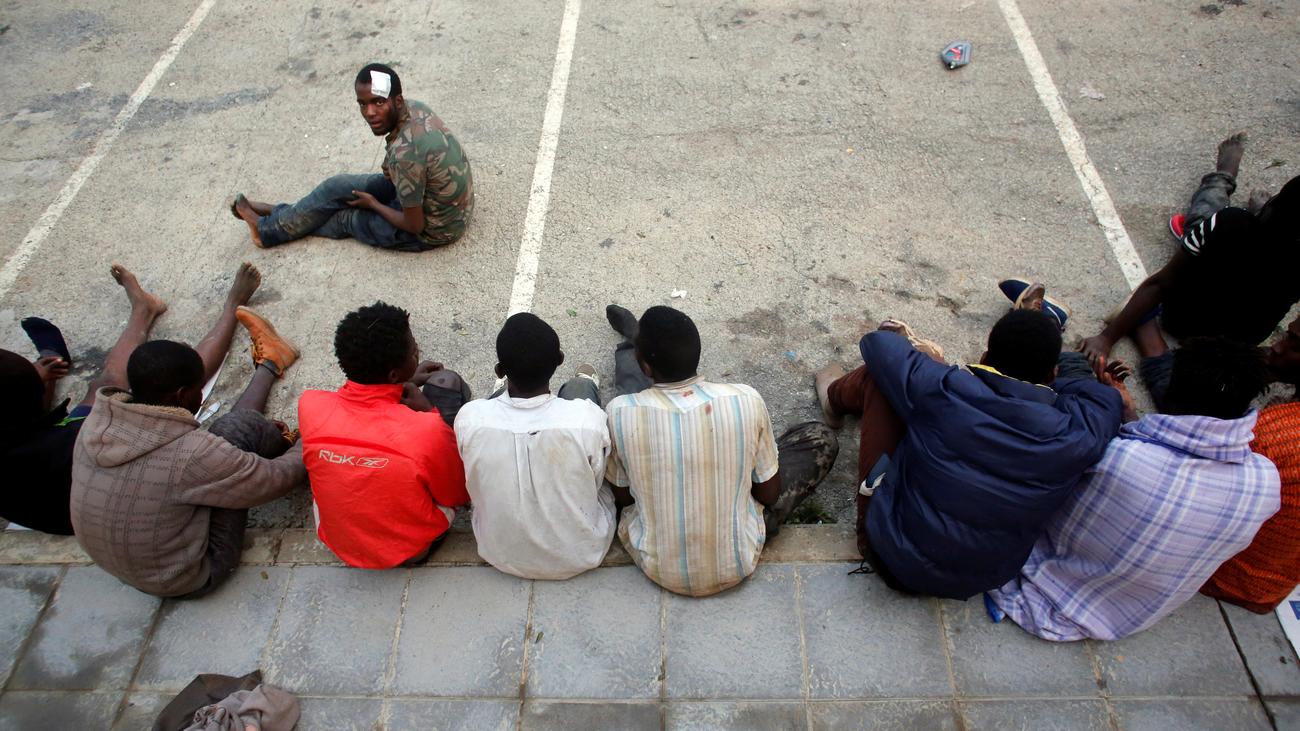 Mehr als 1.100 Migranten aus Afrika haben in der Neujahrsnacht versucht, den Grenzzaun zur spanischen Exklave Ceuta in Marokko zu stürmen. Beim Versuch, die über den Zaun kletternden Menschen abzuwehren, wurden fünf spanische und zahlreiche marokkanische Sicherheitskräfte verletzt. Örtlichen Behörden zufolge seien die Männer organisiert und gewalttätig vorgegangen.
Mehr als 1.100 Migranten aus Afrika haben in der Neujahrsnacht versucht, den Grenzzaun zur spanischen Exklave Ceuta in Marokko zu stürmen. Beim Versuch, die über den Zaun kletternden Menschen abzuwehren, wurden fünf spanische und zahlreiche marokkanische Sicherheitskräfte verletzt. Örtlichen Behörden zufolge seien die Männer organisiert und gewalttätig vorgegangen.
 «It» is back.
«It» is back. 
 A deeply discounted elliptical trainer , Beats with Apple’s new W1 chip , and a $40 DualShock 4 lead off the year’s best deals.
A deeply discounted elliptical trainer , Beats with Apple’s new W1 chip , and a $40 DualShock 4 lead off the year’s best deals. 
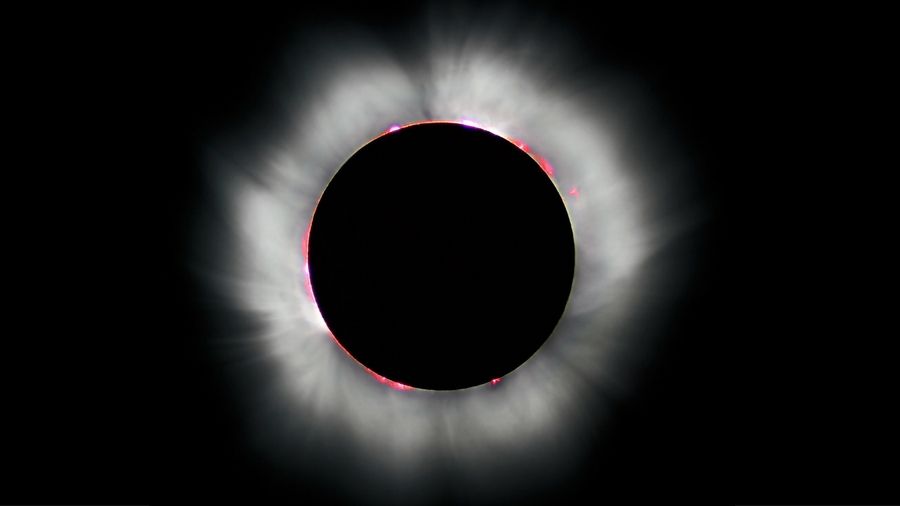 «Let me tell you why the Moon is an amazing place. It’s an amazing place, believe me. And we’re gonna go back there, to the Moon. » OK, so we’re probably not going to hear a JFK-style inspiring commitment from incoming President Trump about prioritising Moon bases or similar, but one thing is clear; the direction of space exploration is up for grabs. With a few milestone tests for SpaceX, 2017 is going to be a big year in the space industry, but there are plenty of landmark celestial events, too. The biggest one of all has to be the Great American Eclipse on August 21, when millions of people in the USA will drive north to witness two minutes of darkness in the day and a chance to gape in aw at the Sun’s icy white corona. Will Instagram survive?
«Let me tell you why the Moon is an amazing place. It’s an amazing place, believe me. And we’re gonna go back there, to the Moon. » OK, so we’re probably not going to hear a JFK-style inspiring commitment from incoming President Trump about prioritising Moon bases or similar, but one thing is clear; the direction of space exploration is up for grabs. With a few milestone tests for SpaceX, 2017 is going to be a big year in the space industry, but there are plenty of landmark celestial events, too. The biggest one of all has to be the Great American Eclipse on August 21, when millions of people in the USA will drive north to witness two minutes of darkness in the day and a chance to gape in aw at the Sun’s icy white corona. Will Instagram survive? 
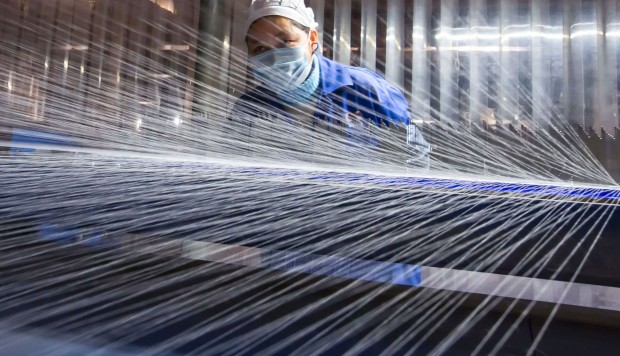 China’s manufacturing sector expanded for a fifth month last month, but growth slowed a touch more than expected in a sign that government measures to rein in soaring asset prices are starting to have a knock-on effect on the broader economy. The official purchasing managers’ index (PMI) stood at 51.4 in December compared with 51.7 in November, data released on Sunday showed. A reading above 50 indicates an expansion on a monthly basis while one below 50 suggests a contraction. December’s reading was slightly below the forecast in a Reuters poll for 51.5. A housing boom in the second half of last year and a government spending spree on infrastructure have helped boost prices for commodities from cement to steel, giving the manufacturing sector a much-needed lift. But the government is cracking down on speculative property buying, and signals from policymakers that more will be done to contain asset bubbles and rising debt – even at the expense of slower growth – means extra stimulus measures could be limited. “Today’s PMI figures suggest that the change of policy tone has taken its toll, as the authorities are seriously concerned about the asset bubbles,” said Zhou Hao, senior economist at Commerzbank. Factory output slowed in December, with the sub-index hitting 53.3 compared with 53.9 the previous month. Total new orders were flat at 53.2, logging the same as in November, while new export orders fell to 50.1 from 50.3. Jobs were again lost, with the employment sub-index sitting at 48.9, compared to 49.2 in November, as the country pledged to cut excess capacity over a range of industries. A sub-index for smaller firms fell, and performance for larger companies also worsened. A separate reading on the services sector showed the pace of growth slowed in December, the latest data showed. The official non-manufacturing purchasing managers’ index stood at 54.5 in December, down from 54.7 in November, but above the 50-point mark. Beijing is counting on growth in services – which account for more than half of gross domestic product – to offset persistent softness in exports that is dragging on the economy. Private investment has also remained weak. But growth for 2016 still looks set to hit Beijing’s target of 6.5 to 7 per cent, after expanding 6.7 per cent for each of the first three quarters.
China’s manufacturing sector expanded for a fifth month last month, but growth slowed a touch more than expected in a sign that government measures to rein in soaring asset prices are starting to have a knock-on effect on the broader economy. The official purchasing managers’ index (PMI) stood at 51.4 in December compared with 51.7 in November, data released on Sunday showed. A reading above 50 indicates an expansion on a monthly basis while one below 50 suggests a contraction. December’s reading was slightly below the forecast in a Reuters poll for 51.5. A housing boom in the second half of last year and a government spending spree on infrastructure have helped boost prices for commodities from cement to steel, giving the manufacturing sector a much-needed lift. But the government is cracking down on speculative property buying, and signals from policymakers that more will be done to contain asset bubbles and rising debt – even at the expense of slower growth – means extra stimulus measures could be limited. “Today’s PMI figures suggest that the change of policy tone has taken its toll, as the authorities are seriously concerned about the asset bubbles,” said Zhou Hao, senior economist at Commerzbank. Factory output slowed in December, with the sub-index hitting 53.3 compared with 53.9 the previous month. Total new orders were flat at 53.2, logging the same as in November, while new export orders fell to 50.1 from 50.3. Jobs were again lost, with the employment sub-index sitting at 48.9, compared to 49.2 in November, as the country pledged to cut excess capacity over a range of industries. A sub-index for smaller firms fell, and performance for larger companies also worsened. A separate reading on the services sector showed the pace of growth slowed in December, the latest data showed. The official non-manufacturing purchasing managers’ index stood at 54.5 in December, down from 54.7 in November, but above the 50-point mark. Beijing is counting on growth in services – which account for more than half of gross domestic product – to offset persistent softness in exports that is dragging on the economy. Private investment has also remained weak. But growth for 2016 still looks set to hit Beijing’s target of 6.5 to 7 per cent, after expanding 6.7 per cent for each of the first three quarters.
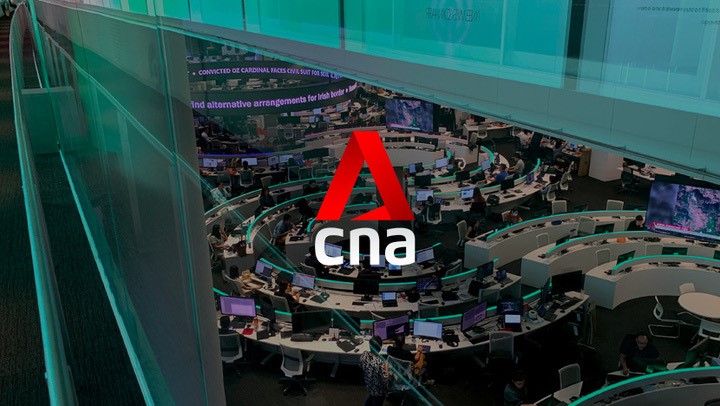 HONG KONG: Thousands of protesters, chanting «Sovereignty belongs to the people! » marched through Hong Kong on New Year’s Day to protest at the government’s legal bid to unseat pro-democracy lawmakers Nathan Law, Lau Siu-lai, Leung Kwok-hung, and Edward Yiu.
HONG KONG: Thousands of protesters, chanting «Sovereignty belongs to the people! » marched through Hong Kong on New Year’s Day to protest at the government’s legal bid to unseat pro-democracy lawmakers Nathan Law, Lau Siu-lai, Leung Kwok-hung, and Edward Yiu.
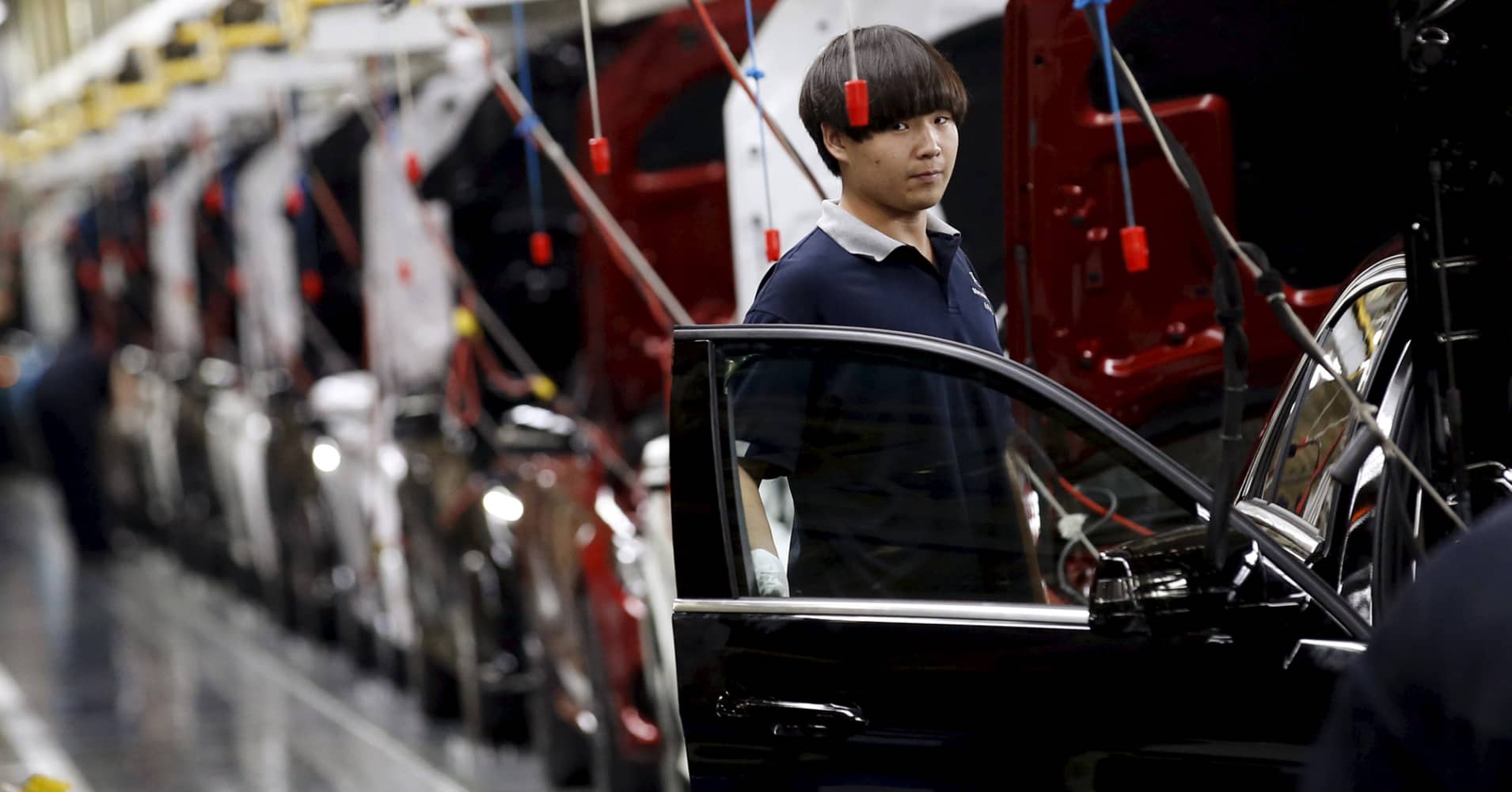 Activity at China’s factories slowed in December but still represented the fifth consecutive month of expansion in the latest sign that the world’s No. 2 economy is stabilizing.
Activity at China’s factories slowed in December but still represented the fifth consecutive month of expansion in the latest sign that the world’s No. 2 economy is stabilizing. 
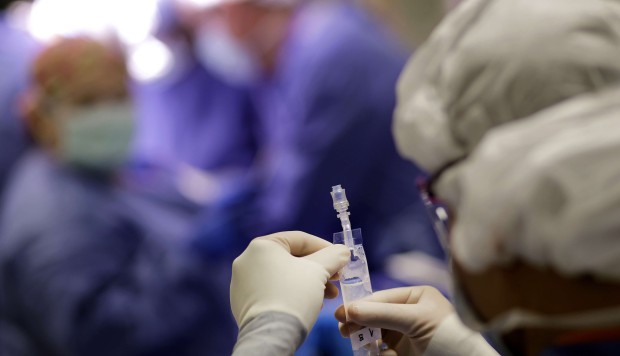 Sixteen people, mostly medical workers, were convicted of involvement in an organ trafficking ring and sentenced to between two and five years in jail by a court in Shandong on Friday, mainland media reported. The ring performed illegal kidney transplants at various hospitals and clinics in Jinan, Taian and Feicheng cities since 2014, according to provincial news portal Iqilu.com. The report did not identify the hospitals involved or specify how many transplants had been performed before the ring was busted in May 2015. Instead, it said the trading spanned more than a dozen provinces and municipalities, including Heilongjiang, Inner Mongolia and Chongqing. Citing the Lixia district court in Jinan, the report said the ring consisted of at least two doctors, one anaesthetist, a nurse, an assistant doctor and other paramedics. Using Tencent QQ and other social networking tools, they searched online for kidney sellers across the country, arranging for tests and matches between sellers and potential buyers. Patients were asked to pay between 400,000 to 600,000 yuan (HK$670,000), sometimes more, for each transplant, while sellers received about 40,000 yuan, according to the report. Surgeons and paramedics made 3,000 to 10,000 yuan per surgery and the bulk of the profit was split among five ringleaders.
Sixteen people, mostly medical workers, were convicted of involvement in an organ trafficking ring and sentenced to between two and five years in jail by a court in Shandong on Friday, mainland media reported. The ring performed illegal kidney transplants at various hospitals and clinics in Jinan, Taian and Feicheng cities since 2014, according to provincial news portal Iqilu.com. The report did not identify the hospitals involved or specify how many transplants had been performed before the ring was busted in May 2015. Instead, it said the trading spanned more than a dozen provinces and municipalities, including Heilongjiang, Inner Mongolia and Chongqing. Citing the Lixia district court in Jinan, the report said the ring consisted of at least two doctors, one anaesthetist, a nurse, an assistant doctor and other paramedics. Using Tencent QQ and other social networking tools, they searched online for kidney sellers across the country, arranging for tests and matches between sellers and potential buyers. Patients were asked to pay between 400,000 to 600,000 yuan (HK$670,000), sometimes more, for each transplant, while sellers received about 40,000 yuan, according to the report. Surgeons and paramedics made 3,000 to 10,000 yuan per surgery and the bulk of the profit was split among five ringleaders.
 As one whose information was stolen, I got a warm and fuzzy when the Feds sent a letter offering credit monitoring at no cost to me other than as a taxpayer and tips how to prevent identity theft. I was doing a good job of protecting my identity until I had to share info with the Feds to update my security clearance.
As one whose information was stolen, I got a warm and fuzzy when the Feds sent a letter offering credit monitoring at no cost to me other than as a taxpayer and tips how to prevent identity theft. I was doing a good job of protecting my identity until I had to share info with the Feds to update my security clearance. 

